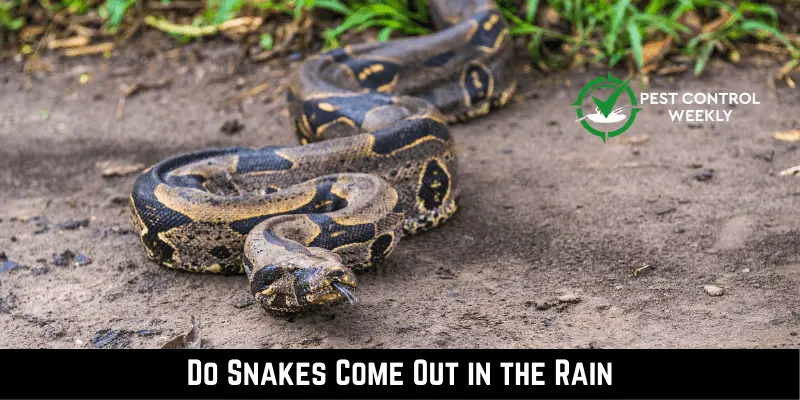As the clouds part and rainfall in a chorus of drops, snakes come out of the darkness and into the light. Some people might be scared by the sight of these moving snakes, while others might be interested. But the question still stands: do snakes come out in the rain?
Snakes may or may not come out when it rains, based on a number of things. Some of these things are the weather, the temperature, the environment, and how much food and water are available.
In this article, we’ll take a closer look at rain-dwelling snakes and find out what makes them act the way they do when it rains.
Snake Behavior During Rainy Days
As rain falls, snakes display captivating habits. These mysterious creatures perform dizzying choices of signals that seem to sway with falling raindrops. Moisture-rich air renews these ectothermic species during rainy days. These swift predators leave their hiding places to identify prey with twitching, split tongues.
As the rain soaks the ground, the snakes’ underground homes get soaked, so they look for other places to live. They may coil around limbs, bask in the sunshine, or seek shelter under a leafy canopy. These cold-blooded creatures become more flexible and agile under humid conditions. Their graceful bodies glide across the sodden dirt, enjoying the rain’s life-giving embrace.
So, wet days show a fascinating, often unnoticed part of how snakes act, giving a fascinating look into the lives of these mysterious creatures. In the middle of Mother Nature’s storms, they create a rich tapestry of life, love, and persistence.
Factors Influencing Snake Activity During Rain
According to Global Ecology and Conservation, The following are the factors that influence snake activity during rain:
Temperature
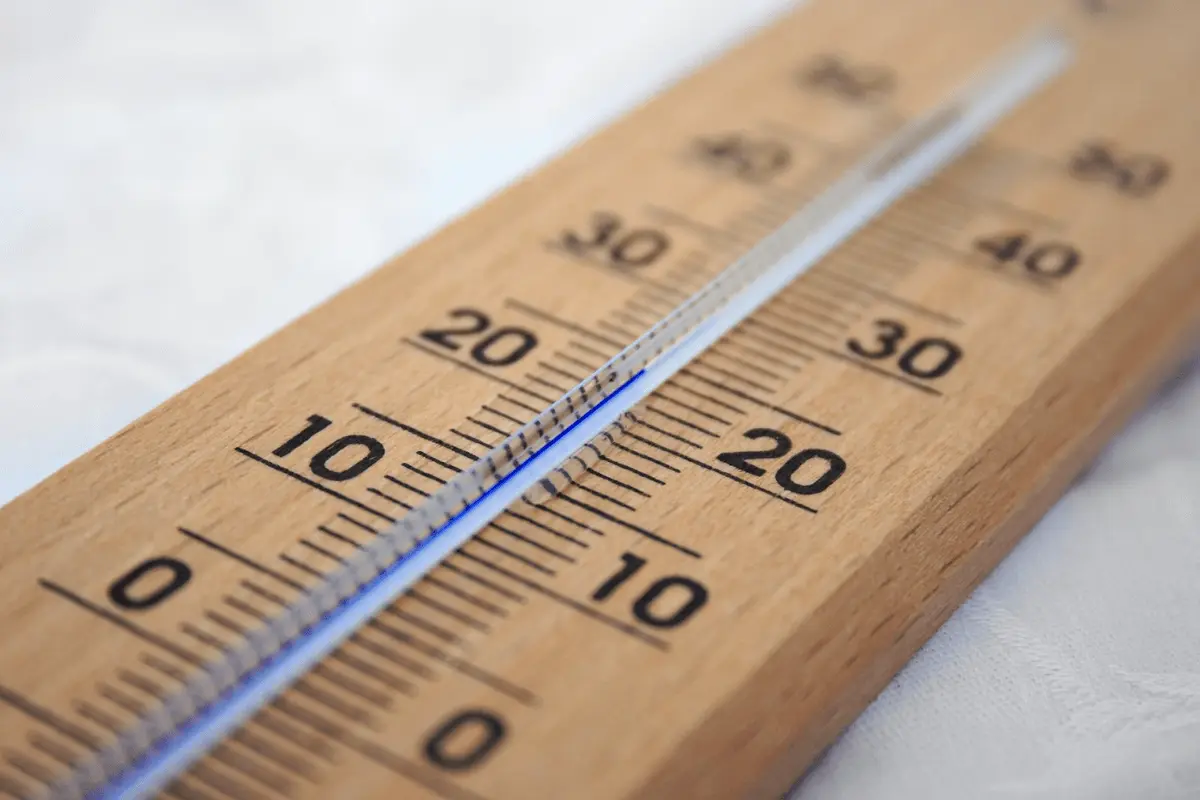
According to scientific reports, snake behavior under rain depends on its thermal homeostasis. Ectothermic animals control their body temperature with external heat. Rain lowers the outside temperature, which affects snake metabolism and activity. Some animals may seek cover to conserve energy, but others may use the milder weather to explore without overheating. Thus, snake activity during rain depends on species and thermoregulatory demands.
Humidity
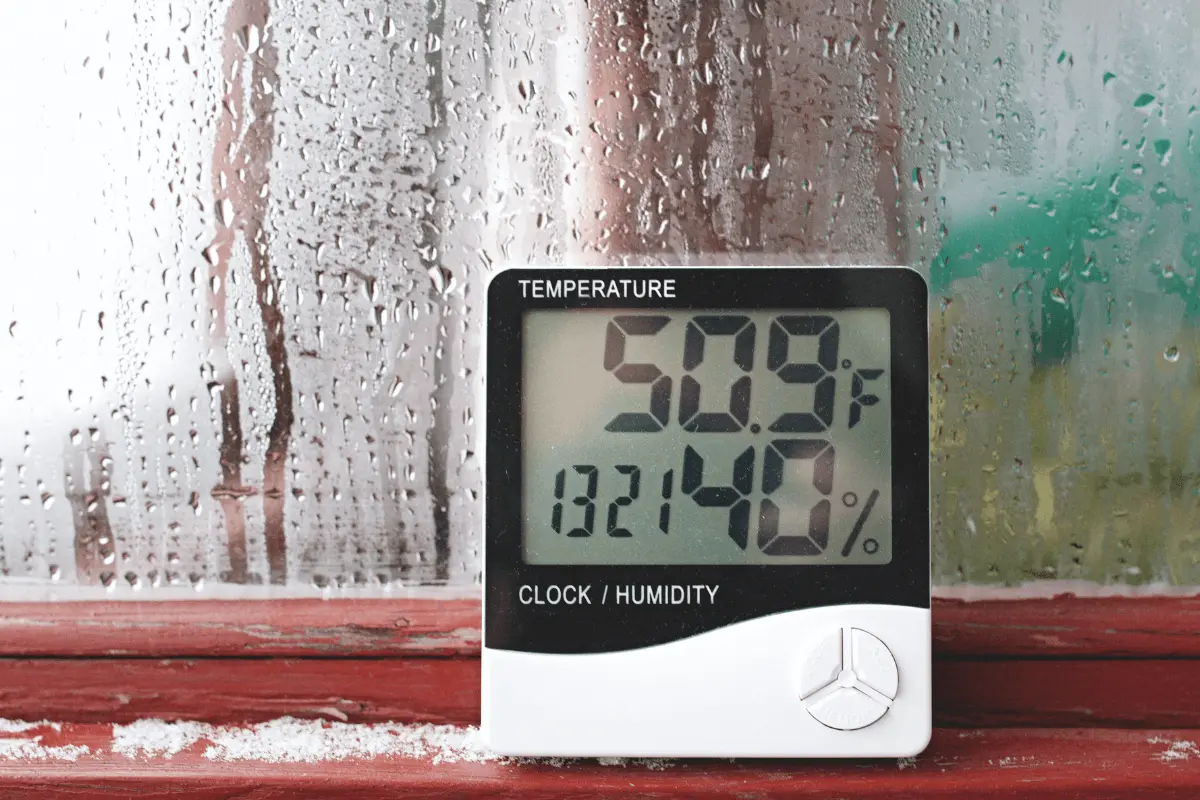
Snake behavior under rain depends on their thermal homeostasis. Ectothermic animals control their body temperature with external heat. Rain lowers the outside temperature, which affects snake metabolism and activity. Some animals may seek cover to conserve energy, but others may use the milder weather to explore without overheating. Thus, snake activity during rain depends on species and thermoregulatory demands.
Hunting Opportunities
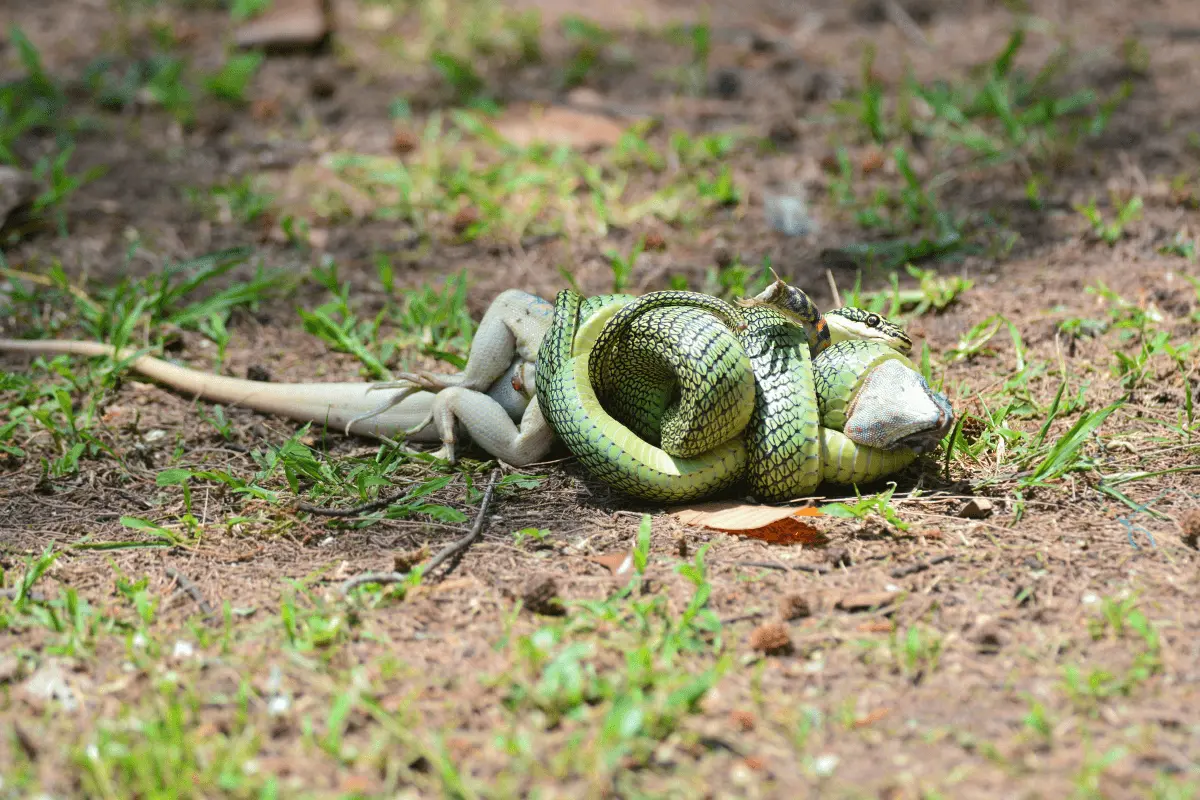
Snakes have more hunting possibilities after it rains because prey species emerge. Rainfall may activate invertebrates, amphibians, and small mammals, providing a fertile feeding area for these reptile predators. Wet and slippery circumstances may make prey more susceptible, increasing the snakes’ chances of capturing it. Due to the amount of food and excellent hunting conditions, snakes may be more active after rain.
Mating Season
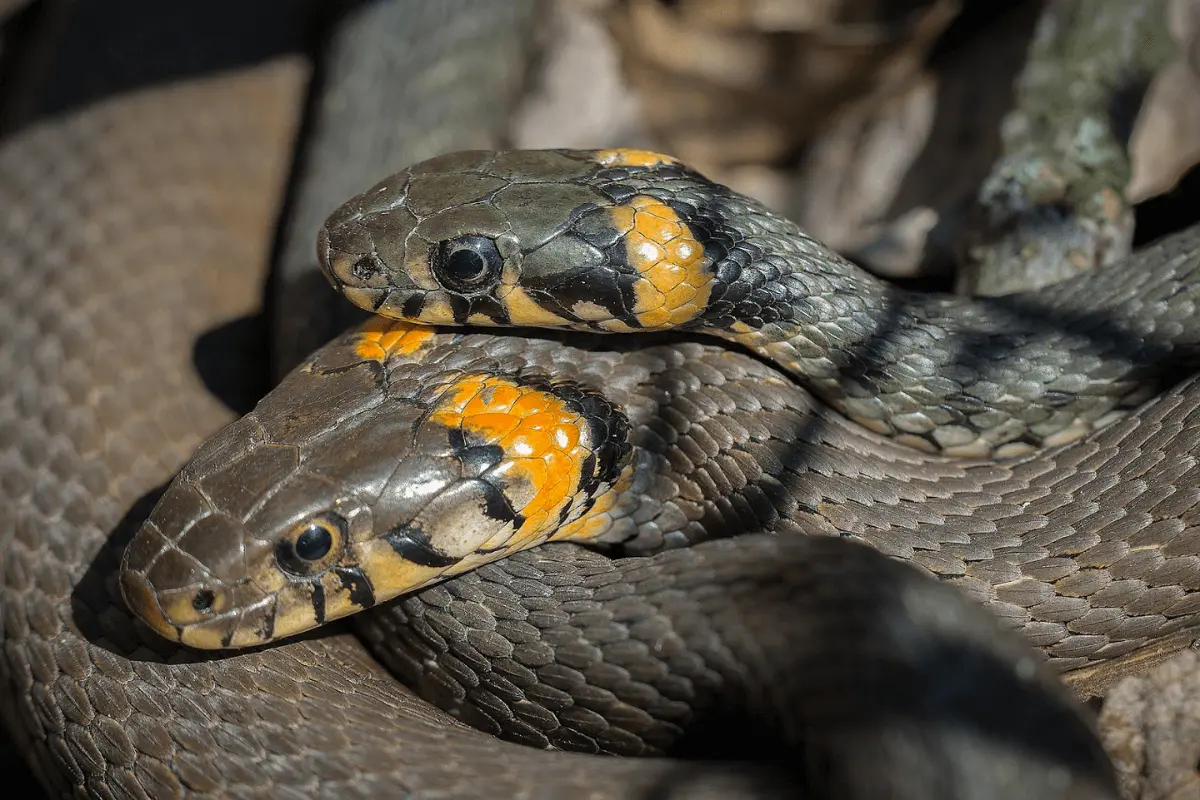
Snake mating season can also be affected by the rainy season. Many snake species start reproducing when it rains. Since snakes spend less energy mating, more wetness and lower temperatures are suitable. Damp circumstances help snakes find partners by dispersing pheromones. Thus, snake activity may increase during rain, especially during mating season, when reptiles take advantage of the favorable conditions to court and reproduce.
Why Do Snakes Come Out When It’s Raining?
Snakes, those slithering and often mysterious animals, tend to leave their hiding places when it rains. Snakes come out when it rains for several reasons, including ecdysis, the supply of food, and their ability to smell. It shows how flexible and clever these exciting creatures are as they move around in their surroundings, which are constantly changing.
The molting process begins with precipitation-generated humidity. The added wetness makes the dermal layers smoother, making the old skin easier to fall off. This process, called ecdysis, is an important part of a snake’s life cycle because it lets it grow and heal broken scales.
Rain also attracts a plethora of amphibians and insects, which serve as a beautiful feast for predators. As a result, there is a lot of food, making these hunters without legs feel brave enough to leave their hiding places.
Also, the wet ground speeds up the spread of odor clues, which makes it easier for snakes to find their prey. Because they are more sensitive to smell lines, they can move around more accurately and take advantage of changing conditions to find their next meal.
Do Snakes Move When It Rains?
Rainfall affects how snakes move in a complex manner that involves their surroundings and their actions. As ectothermic creatures, snakes are affected by changes in the weather and their movement is inextricably linked to the weather.
When it rains, the changes in temperature and humidity can either encourage or stop snakes from moving. Primarily, the rain increases the snakes’ activity. The more active they are, the greater their need to locate food so that they will seek out a simple source.
If, on the other hand, the rain brings a drop in temperature, these cold-blooded snakes may act more relaxed. This sleepiness allows them to stay alive and save energy until the world is better.
What Do Snakes Do When It Starts To Rain?
As soon as the first raindrops start to fall, snakes, which are long and slithering, do a wide range of interesting things to deal with the rain. The way the world is changing has an impact on their actions, which keeps them alive and healthy.
When it starts to rain, the humid air is often a sign that snakes are looking for a place to hide. They may hide in cracks, under rocks, or among thick plants. These secret places give them peace. They prevent low temperatures that may endanger their ectothermic survival here.
On the other hand, some snakes love the rain because it gives them a chance to drink. They might lie in puddles and drink up the water, and they might use the softer ground to move around their surroundings more easily. Also, when it rains, some snakes may become very active because they think it’s a good time to hunt. The increased heat and dampness bring in a lot of prey, giving snakes a real feast of food.
Do Rattlesnakes Come Out When It Rains?
Rattlesnakes, those mysterious, poisonous creatures with the famous, loud rattle, do a wide range of bizarre activities when it rains. As ectothermic organisms, their behaviors are directly linked to changes in their environment.
When it starts to rain, rattlesnakes tend to hide so they don’t get hit by falling drops that could throw off their delicate temperature balance. These snakes can stay warm by hiding in holes, cracks in rocks, or areas with lots of plants.
Still, after a shower, these mysterious creatures may come out of their hiding places to soak up the sun’s warmth and hunt. The high humidity and wet ground can bring in a lot of prey, like mice and small animals, giving rattlesnakes a real feast of food to eat.
Do Snakes Come Into People’s Homes After It Rains?
It is not impossible for snakes to get into people’s homes after it rains, but it depends on a few things. Ectothermic snakes regulate their body temperature with their environment. Thus, rain and cooler, wetter weather can drive these scaly critters to hunt for food and shelter.
When it rains, the land and water can change in big ways, which could make snakes look for a new place to hide. Human houses are warm, and predator-free, and occasionally include mice or insects to eat. Heavy rain can ruin snakes’ tunnels and hiding spots, forcing them to find new homes.
Still, it’s important to keep in mind that snakes don’t usually want to be around people. When they can, they try to stay away from people. Seal access points, and clean, and remove food to deter these pests. After rains, snakes may seek shelter, warmth, and food in dwellings. Precautions can lessen this risk.
How to Avoid Snake Encounters in Rainy Weather
To avoid snakes during rainy weather, you have to be cautious and watchful. Taking the following steps can make it less likely that you’ll run into these sneaky snakes when it’s raining.
- In low-visibility situations, it’s important to be alert and careful when walking through places where snakes are known to live. Use a flashlight to light your way, and be especially careful in areas with a lot of plants or rocks.
- Wear the right clothes. Long pants, strong boots, and gaiters can help protect you from snakebites if you run into one by accident.
- Stay away from places where snakes might be hiding. For example, piles of wood, rocks, and tall grass are all places where snakes might go to get out of the rain.
- Stay on marked paths. If you can, stick to well-trodden trails and don’t go into new or overgrown areas.
- Don’t make the snake angry. If you see a snake, stay calm and don’t make any quick moves or try to talk to it. Instead, back away slowly and let the snake continue its trip without being stopped.
- It’s important to arm yourself with knowledge, so read up on the local snake species and their habits so you’ll be able to spot danger and respond appropriately.
In the end, being careful and well-informed while walking through wet areas can significantly reduce the chances of running into snakes, ensuring that you and the snakes are safe.
Final Thoughts
Snakes in the rain is a mysterious fact that has both fascinated and scared people for hundreds of years. As we’ve seen, several factors contribute to this, including animals’ sensitivity to temperature and weather, the availability of food, and their need for water. So, it may not be a general truth that snakes come out when it rains, but one thing is for sure: a rainstorm is a sign that these interesting creatures will be up to something.
FAQs
References
Lourenço-de-Moraes, R., Lansac-Toha, F.M., Schwind, L.T.F. et al. Climate change will decrease the range size of snake species under negligible protection in the Brazilian Atlantic Forest hotspot. Sci Rep 9, 8523 (2019). https://doi.org/10.1038/s41598-019-44732-z
C.E. Markle, P.A. Moore, J.M. Waddington, Temporal variability of overwintering conditions for a species-at-risk snake: Implications for climate change and habitat management, Global Ecology and Conservation, Volume 22, 2020, e00923, ISSN 2351-9894, https://doi.org/10.1016/j.gecco.2020.e00923.
